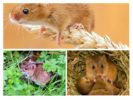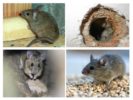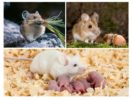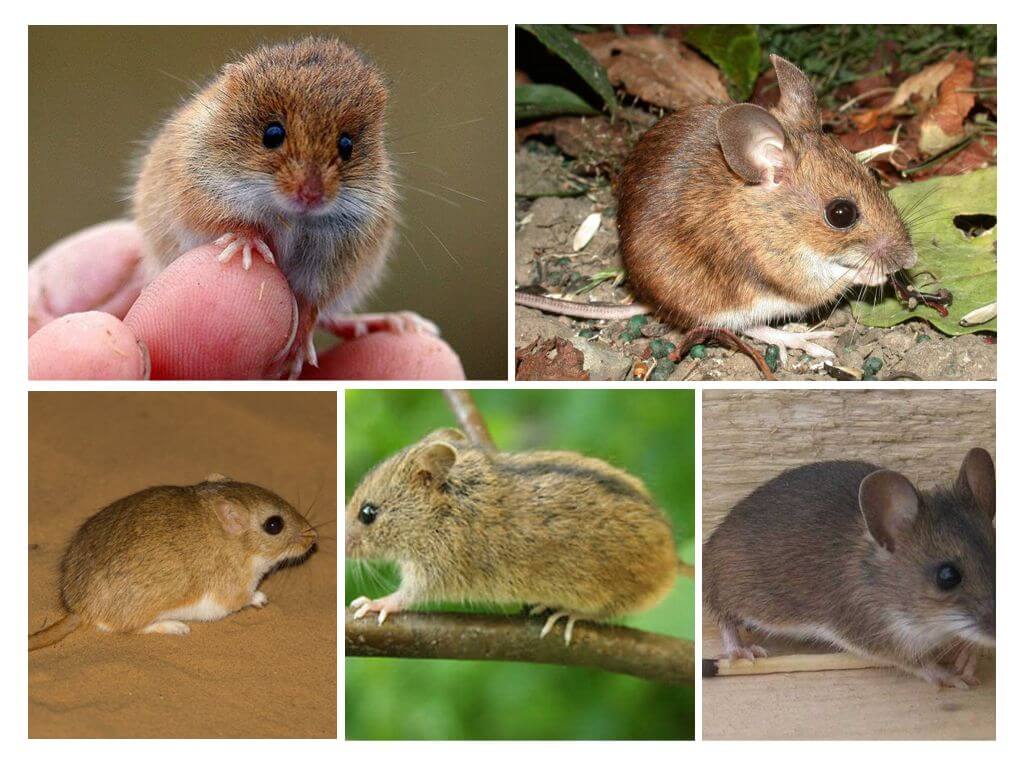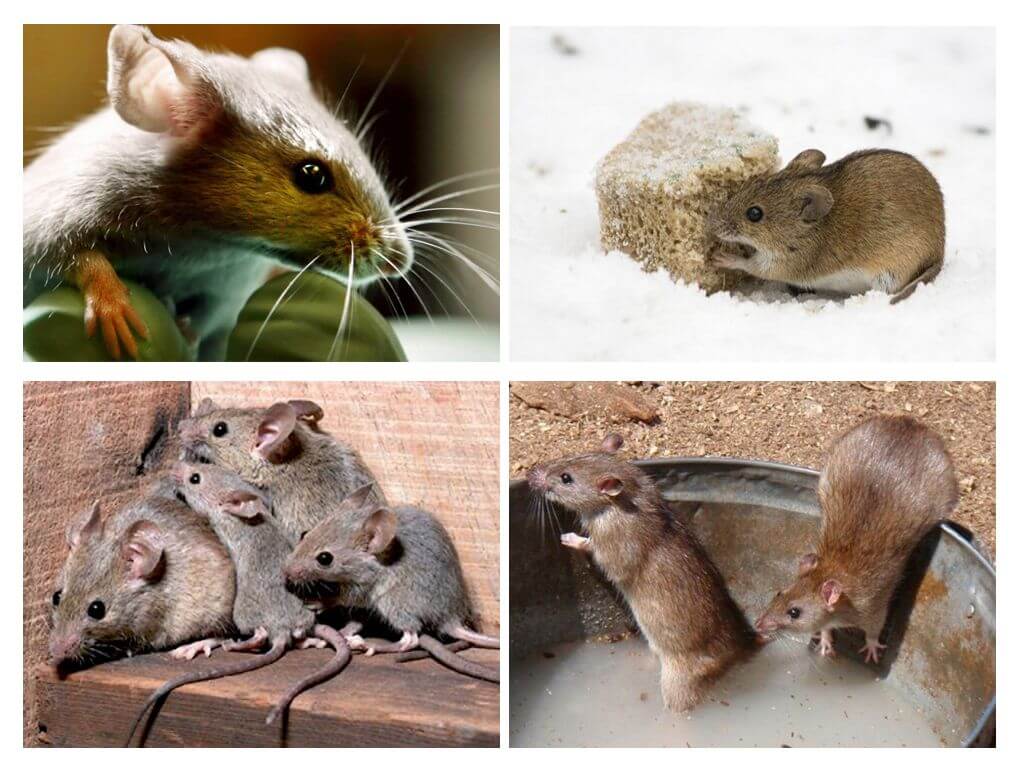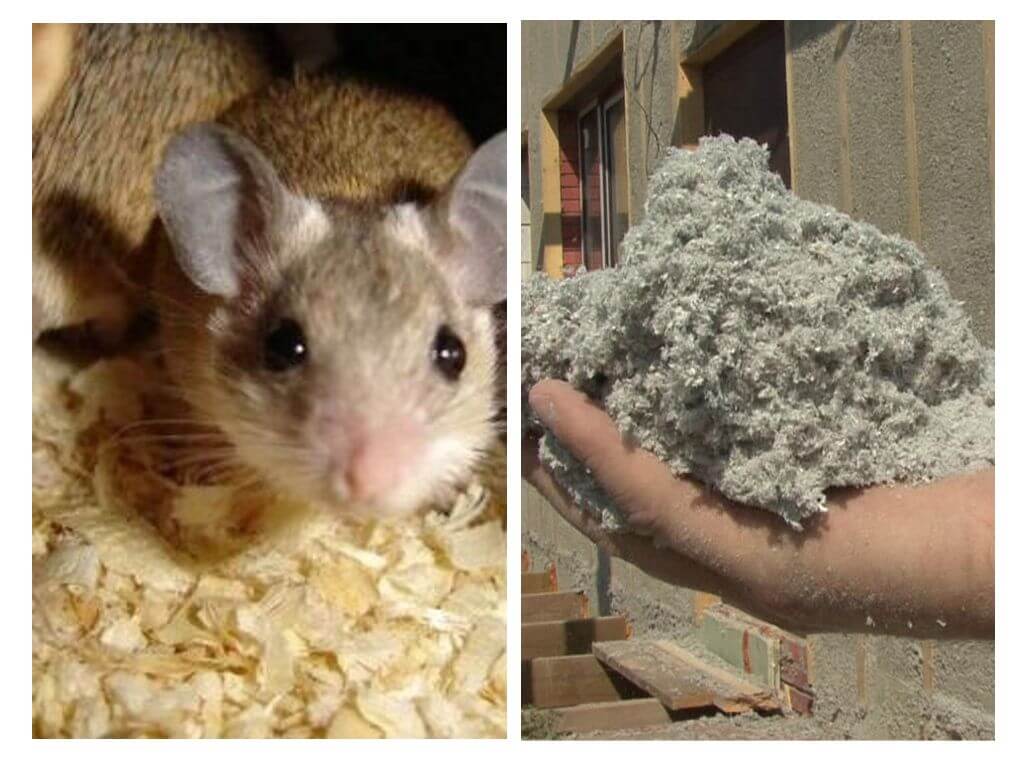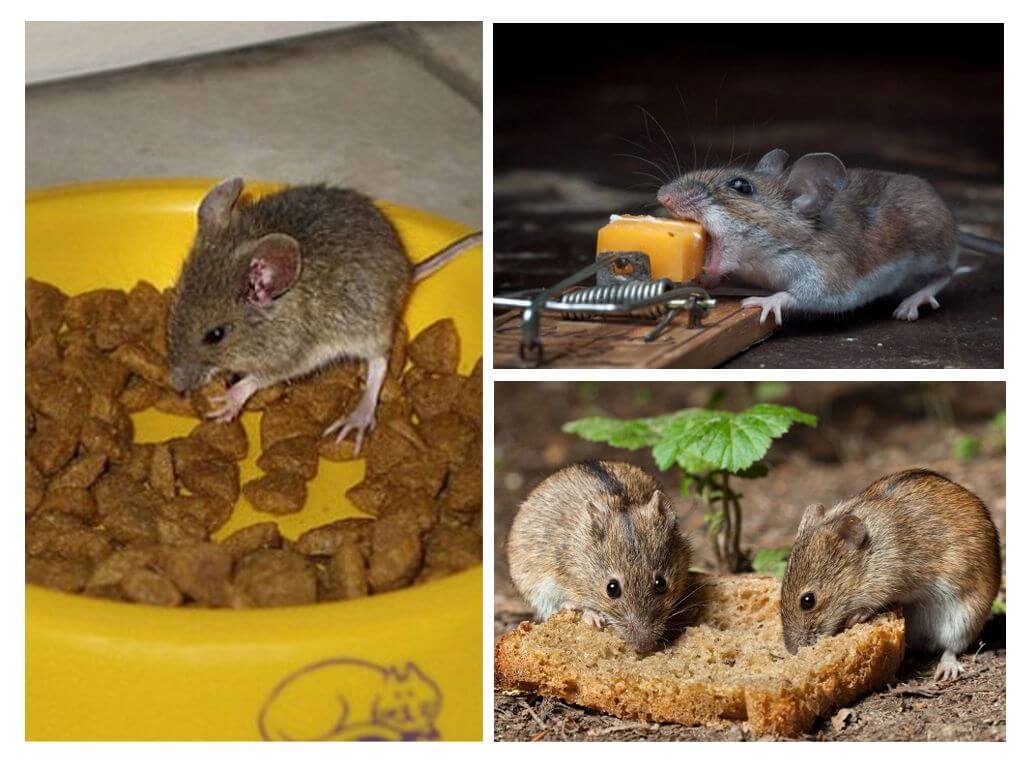- Rodents in nature
- Mice in the house
- The nutrition and reproduction of mice
Mice are one of the most numerous orders of mammals. In nature, there are more than 80 species of rodents belonging to the genus of murine. The animal quickly adapts to environmental conditions, tolerates heat and cold well. Unpretentiousness to the environment, fecundity, and nutritional features allowed the animals to populate the entire planet. The question of where the mice live can be asked repeatedly. Since the rodent is found almost everywhere.
Animals in the wild
Mice live in nature on trees, in hollows, burrows, nests. Some representatives of the mouse choose arid terrain, others types of mice Settle closer to ponds. The animals swim well, but prefer not to get into the water.
You can notice the animal in the garden, in the garden, in the forest, on the field, in stones. There is not a single corner on earth to which the little nimble animals could not adapt.
- In the earth, mice dig numerous moves, build entire tunnels. Spend most of the time underground, offspring are raised. Selected to the surface to search for food.
- On trees, mice often occupy abandoned hollows of other animals; they build a house in the cracks. Build nests like birds from twigs, sticks, moss. Or simply ready-made nests of birds simply ruin, they settle there themselves.
- In a rocky mountainous area, mice make a nest in caves, under stones, on the slopes.
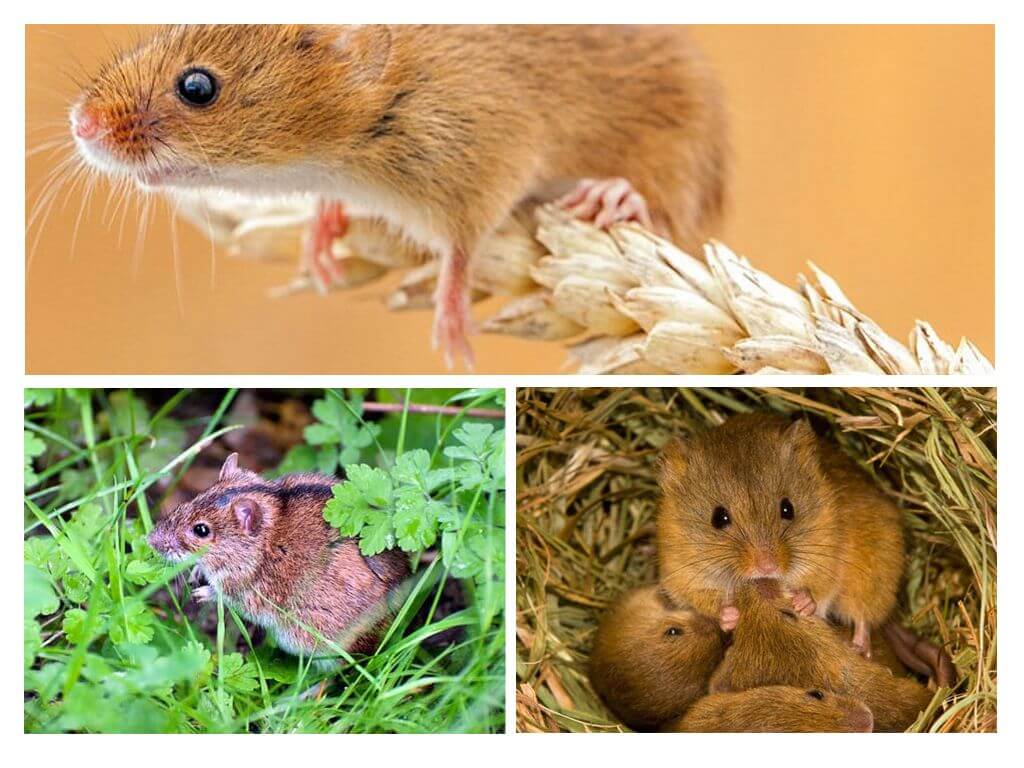
Mice can be seen in the dark. It is at this time that the peak of activity sets in. Animals search for food, make supplies, feed babies, mate. With a shortage of food, the mouse, at your own peril and risk, leaves the shelter during the day.
On a note!
In nature, mice behave cautiously, as they are the main food for many predators. Birds, reptiles, hedgehogs eat mice. At any danger they flee, briskly hide in a mink. But if you have to protect the kids, the female courageously rushes into the battle with the enemy, which is several times larger than herself.
Rodents on human territory
The habitat of mice is not limited to nature. With the onset of cold weather, they prefer to settle in the possessions of man. House, apartment, warehouses, barns, outbuildings, sheds, garages. There is not a single building that has not been visited by mice.
In the visit, mice settle under the floor, in the gaps between the walls, on the ceiling, attics, basements. They dig through a hole or build a nest from improvised means. Pull sticks, feathers, fabric, hair, polystyrene, building materials that are used to warm the walls.
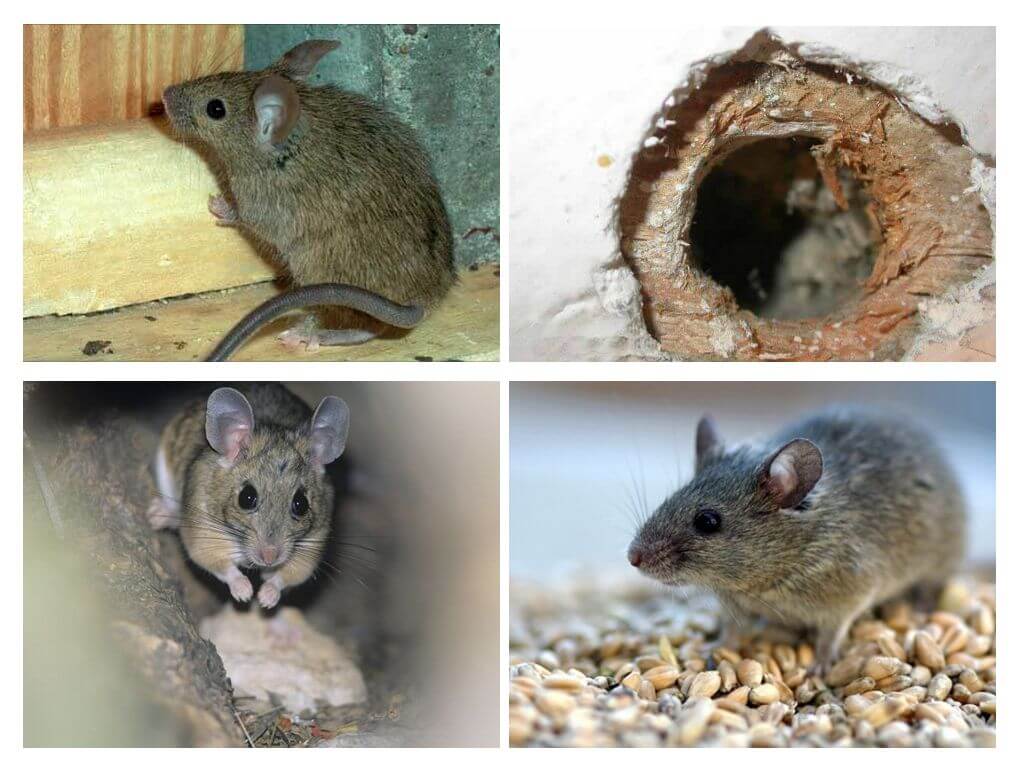
They prefer to settle in close proximity to a place with food reserves. Mice live in the kitchen, in the pantry, barns. Try not to show themselves to people. But with a large number of rodents in the house, when there is a struggle for survival, arrogance is gained, crawl out of the shelter during the day.
Tricks of appearance
In nature, nothing happens just like that. The appearance of mice is dictated by the habitat. The mouse looks inconspicuous, gray, usually. This is what allows a cautious little creature to remain invisible in the dark. After all, it is with the onset of night that the rodent is active.
On a note!
Depending on the habitat - swamp, field, rocky terrain, forest, color changes.
The body of the mouse is covered with a short, thick coat of gray, black, brown, red. The length of the tail is different for different representatives of the mouse-like. Mostly 1/3 of the body length. Such mouse structure applies to most species of this family.
In the appearance of the mouse, round, relatively large ears, expressive eyes stand out. The muzzle can be dull, sharp. Small paws allow mice to develop high speed. It is impossible to keep up with the animal without skills. Constant mobility protects the animal from freezing in the winter, overheating in the summer. The body length can reach 10 cm, excluding the tail, weight about 50 g. In the photo you can see a visually cute, small creature.
Power Features
The lifestyle of mice is directly related to the peculiarity of nutrition. Rodents settle where they can quickly access food. The body of animals is designed in such a way that they do not tolerate hunger. On the day of an adult, you need to eat about 6 g of a variety of foods. In the case of absolute starvation, the mouse dies in 3 days.
Small rodents prefer plant foods:
- cereals;
- cereals;
- flour;
- succulent parts of plants;
- roots
- young shoots of trees;
- bark.
In adverse conditions mice eat berries, fruits, vegetables. Periodically replenish the body with proteins - eat caterpillars, beetles, worms. Do not mind eating eggs of birds.
On a note!
The mouse does not belong to predators, but when creating conditions unfavorable for life, the animal eats its compatriots, cubs, chickens, carrion.

In humans, the diet of mice is expanding significantly. They eat all edible products - prepared, semi-finished, raw. In addition to cereals, flour, grains nibble:
- vegetables;
- bread;
- cheese;
- sausage;
- meat;
- cookies;
- canned food;
- fish.
An interesting fact about mice is that cheese is not a favorite treat for mice. They prefer plant foods more. The left traces of the teeth of mice on wood, plastic, bricks, polystyrene, plastic give the impression of an omnivore of mice. But solid, inedible mouse materials are nibbled for another purpose.
Each jaw has a pair of incisors that grow daily throughout life. The animals are forced to grind them constantly. To do this, look for solid objects, gnaw, leaving behind chips, sawdust, small pieces.
Rodent reproduction
The life of mice is associated with constant risk. Every day, different predators prey on a small rodent. Starting from a harmless hedgehog, ending with a fox, a wolf, a cat - they all belong to predators, who eats mice. Provides survival to mice the intensity of reproduction. For a year, the female gives birth to 3-4 offspring. Each litter has 3 to 11 mice.
On a note!
Mouse lifespan in natural habitat is 3 years. However, the mouse often does not live up to this period. When kept as a pet, the rodent lives up to 6 years.
The mating process does not take much time. Males do not court females, immediately get down to business. After 20-25 days, new offspring appear. The mice are blind, naked, helpless. After 14 days, they open their eyes, acquire the first teeth. After 5 weeks from birth, the young female is ready for fertilization. The male "matures" a week later.
The mouse is a familiar animal to everyone. It lives in the wild, lives in a person’s house, and feels great in a cage as a pet.
